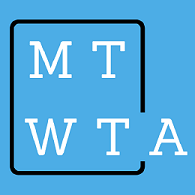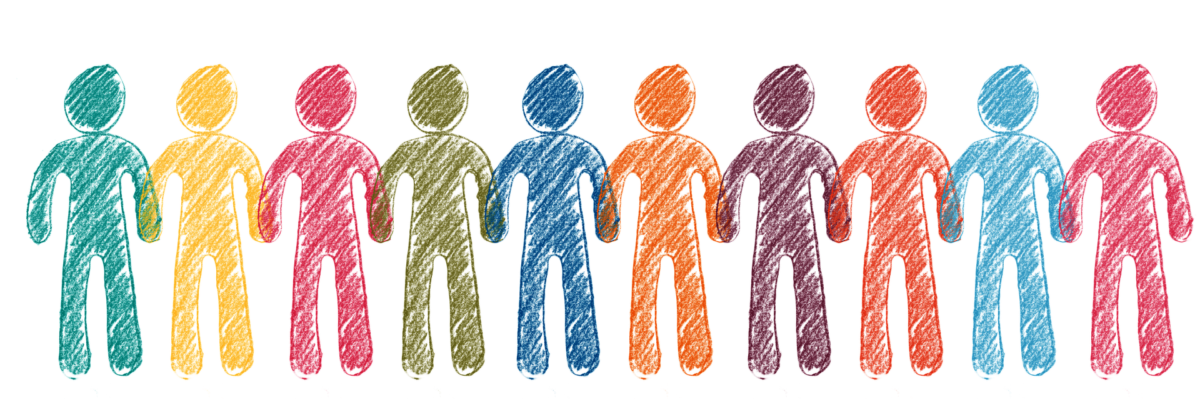As a performer and a performing arts educator, the idea of doing things with an audience runs through my classroom and my life. I often tell my colleagues who teach what we in VA call “SOL” subjects (Standards of Learning, do folks elsewhere use the same terminology?) that those of us in the performing arts have SOL tests just like they do, but we take ours in front of a crowd and need at least a 95% to pass. What that means is that Kolb’s learning cycle of experience, reflection, abstraction, and active testing (referenced in Barrett and Richter’s “Why Reflect?” article on their Reflection4Learning site) happens rapidly and repeatedly. We just sneakily call it “rehearsal.” We reflect to ourselves or within our own small circle of performers, and this is our “process,” and after a lot of processing, we go on stage and present our “product.” For what its worth, arts educators spend a LOT of time talking about “process vs. product,” the importance of the former, and the outsized significance the wider world places on the latter.
Occasionally, though, we have what is known as an “open rehearsal.” We invite other people to witness our process, and, depending on the circumstances, we may get feedback from these visitors, and make them part of that process. This can be terrifying, especially early in the process, but it’s inevitably helpful.
I’ve begun to think of the ePortfolio partly as a giant, digital open rehearsal. I reflect on an experience for myself–see this earlier post–but I’m inviting others to witness that reflection, and contribute to it. The ePortfolio, though, has some distinct advantages and improvements over the traditional open rehearsal:
Every student’s experience and reflection, while connected, can be different. To beat the performance metaphor well and truly into the ground, and to out myself as a true Beatle-maniac, if I have 3 students working on the song “Michelle,” one student may begin to grasp the concept of quarter note triplet rhythms after working on the bridge of the song (“I love you, I love you, I looooove you”), while working on the song’s opening chord progression may have helped another student understand the power of voice-leading of chords (one chord shares a particular note with the next chord, which shares a note with the next, and so on), all while the third student is gaining insight into the emotional qualities of different languages when he compares two verses of McCartney singing the same thing, once in English, once in French. Three different concepts, three different learning domains, one piece of music. And each student can experience it and explore it to his or her own benefit.

With the eportfolio, time and space no longer become limitations for the “openness” of the rehearsal; anyone, at any time, from anywhere, can witness and participate in the learning. This includes students being able to revisit their own work periodically, and to keep revising their understanding. Broadway wunderkind Lin-Manuel Miranda recently tweeted this about the value of continuing to look at one’s old efforts:
I wrote the melody for “Raise a glass to freedom” when I was 16. The intro music to “Its All Happening” when I was 10. Learning to pilfer your own thoughts and doodles for something later is another tool in your toolbox.
“The eportfolio itself is a space that the student creates” (Harapnuik, 2015). The choice and ownership involved in creating an ePortfolio call upon the very creative processes and problem-solving skills that we want our students to develop and demonstrate. One could think of the portfolio as priming the pump for those skills. One could also compare it to a vocal warmup before choir practice, but I pounded that metaphor into the ground a couple of paragraphs ago, and I promised myself I wouldn’t look back.
As a teacher, I can get a lot more insight into what my students are taking or not taking away from instruction by looking at what learning they choose to show me (or not show me).
This is by no means a comprehensive list, but it sums up for me the inherent value of the ePortfolio–using technology to pull the most value out of old ideas and paradigms, and to create new ones.
REFERENCES
Barrett, H., & Richter, J. (n.d). Why reflect? Retrieved from https://sites.google.com/site/reflection4learning/why-reflect
Beatles, The (1965). Michelle. On Rubber Soul [LP]. London: EMI Studios.
Mitchell, M. (1964). [George Harrison.]. Retrieved September 30, 2018, from https://www.flickr.com/photos/docnad/35690376984/
Lin-Manuel Miranda. (2018, August 29). This. I wrote the melody for “Raise a glass to freedom” when I was 16. The intro music to “Its All Happening” when I was 10. Learning to pilfer your own thoughts and doodles for something later is another tool in your toolbox. [Tweet] Retrieved from https://twitter.com/Lin_Manuel/status/1034793666517364736
Harapnuik, D. (2015,). Making meaningful connections in an eportfolio. Retrieved from http://www.harapnuik.org/?p=5790


